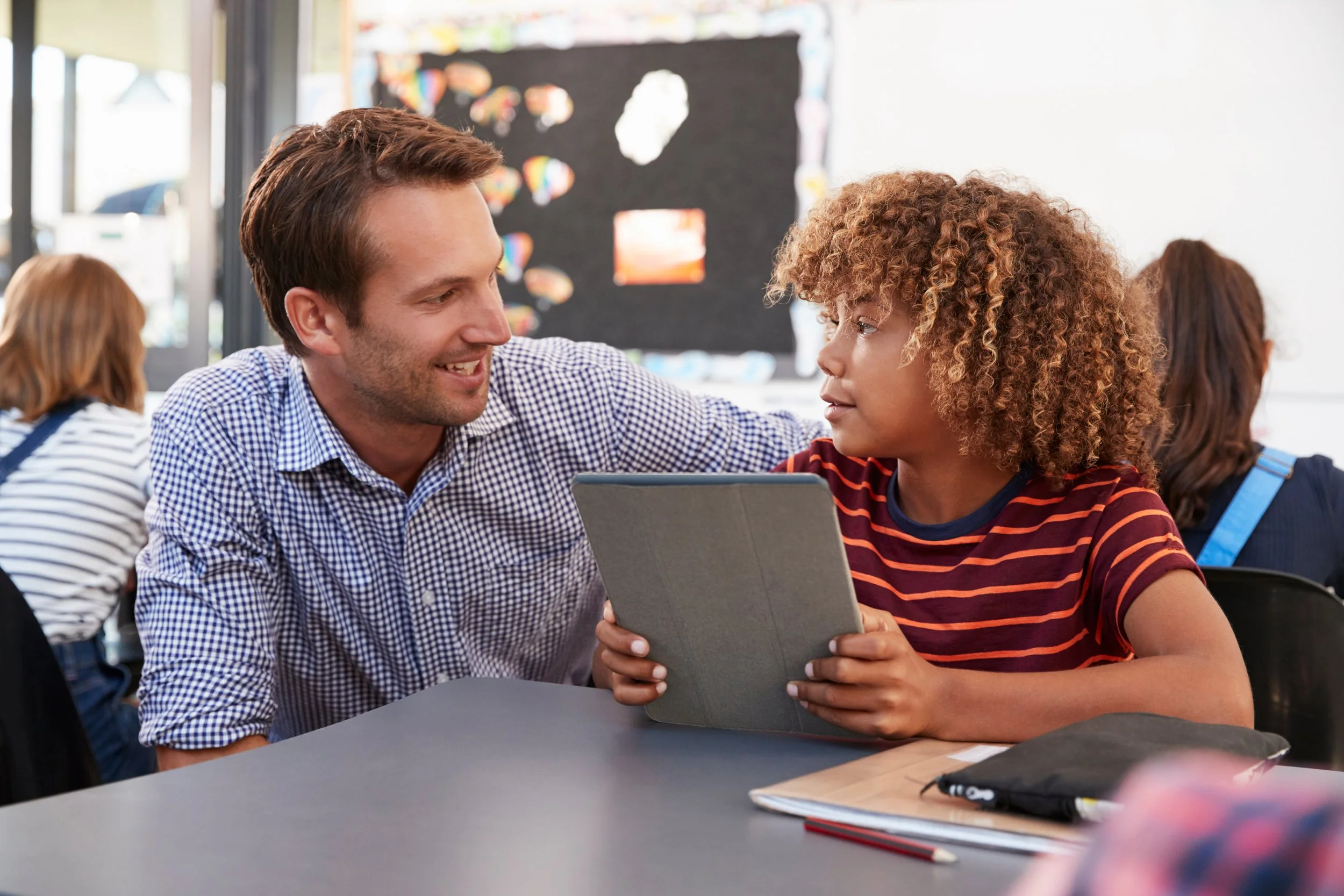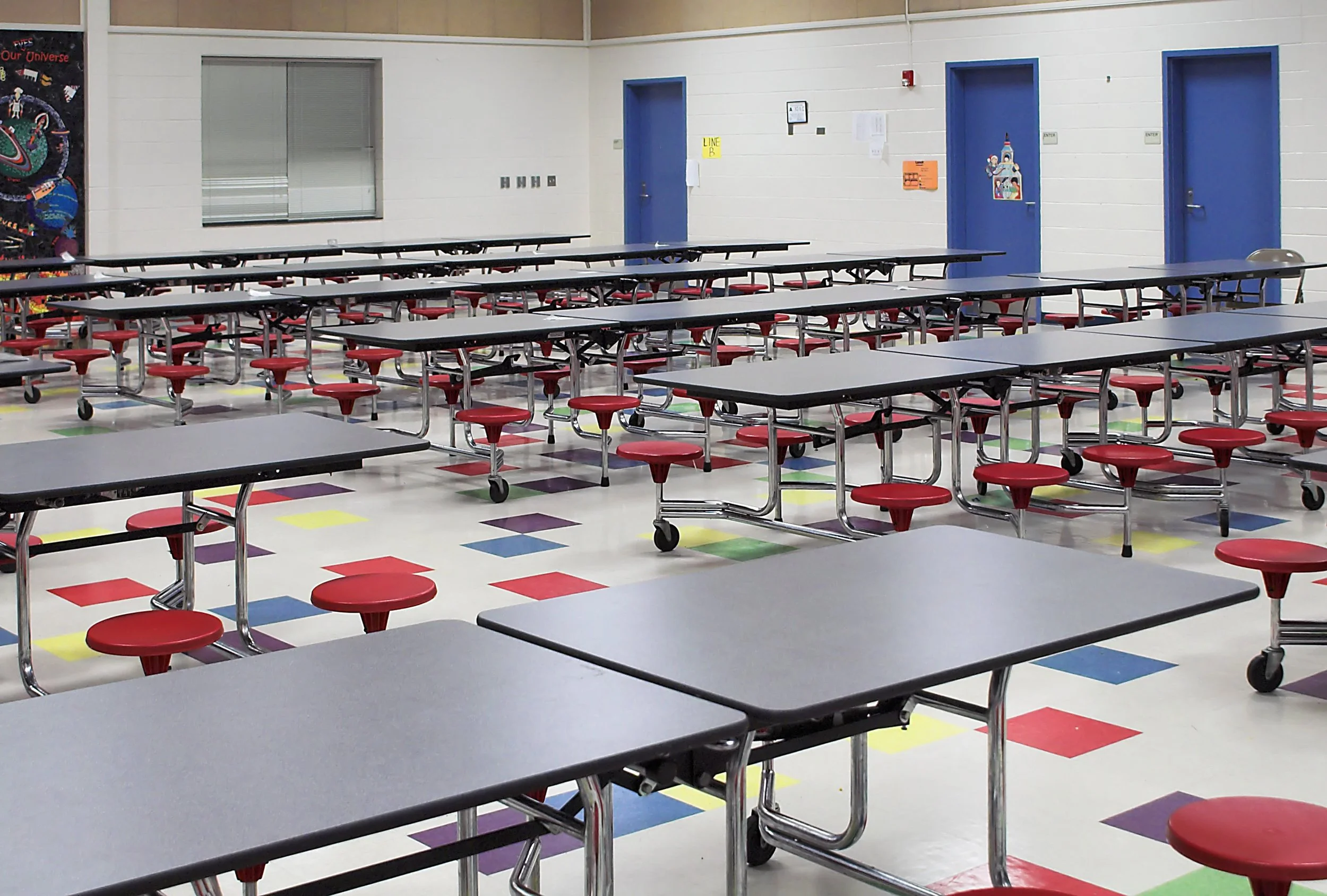The trope of libraries that are full of possibility, but appear dingy, dusty, or dated is one we’re all familiar with. Libraries, after all, are often known for utilitarian storage of thousands of titles with little room — or budget — for flashy displays. However, as the library’s role in community and education spaces grows, it’s important to ensure the space is welcoming and inviting, encouraging patrons to engage and learn.
Choosing Desks for Your Classroom
When you consider where students spend most of their time, it’s at their desks at school. Studies indicate that children spend over 70% of their school day sitting in the classroom, which makes getting their seating arrangements correct vital for the learning process. Read the article for some considerations to have when choosing your next desk purchase!
Students Learn Better in Active, Flexible Classrooms - By Amy Uelmen at Demco
In education, we know that many factors can lead to improved student learning in the classroom such as a strong universal curriculum, connections with teachers, and collective teacher efficacy. John Hattie’s research on the effects related to student achievement explores these factors and more, but often overlooked is the classroom environment’s impact on learning. The classroom environment can have a positive impact on behavior, discussion, deliberate practice, intervention, space, problem-solving teaching, creativity programs, and so much more!
3 Ways to Boost School Pride This Year (and Why It Matters) - By Kate Larson at Demco
Building crucial connections can help students fall in love with their school
There’s nothing better than a wave of excited students filling your classrooms and hallways at the beginning of a school year. But how can we maintain that sense of excitement through June — including the January doldrums and end-of-the-year chaos? By nurturing students’ sense of school pride and the feeling that they are part of a community they want to belong to.
Creating the Creative School Cafeteria
No matter what the school day may offer, there will always be a need to offer meals to keep students fed and ready to learn. Considering students will spend an average of 20 minutes in elementary and middle schools and 24 minutes for high school students in the cafeteria for lunch service each day, this will be a place everyone in your school will remember. Add on breakfast, study periods, and activities, and you have a space that you’ll want thoughtfully designed. If you’re looking for ideas, read this article to make your creative school cafeteria.










